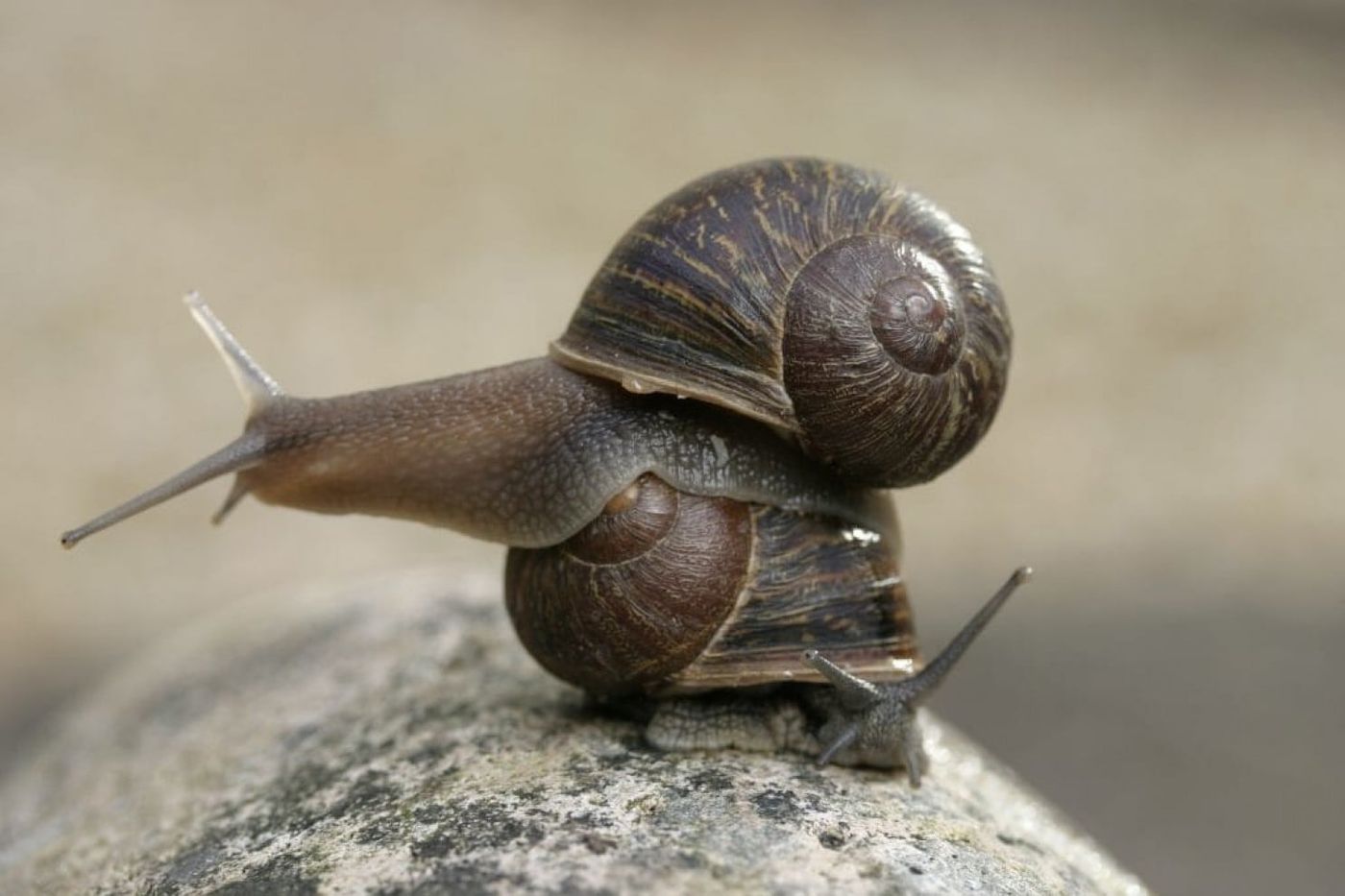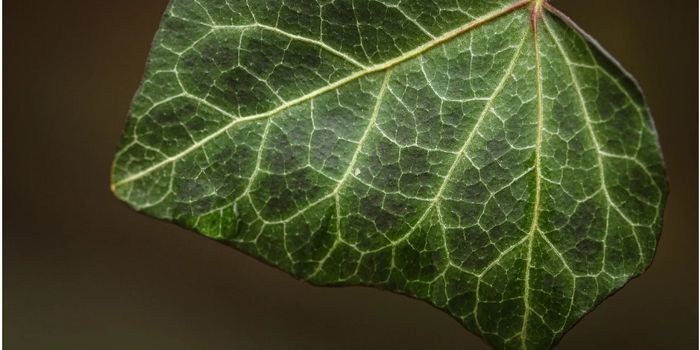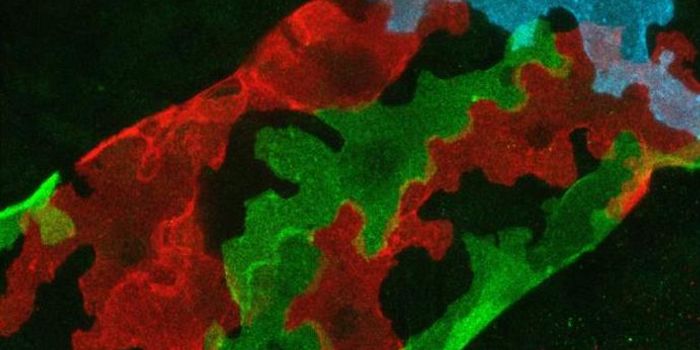Jeremy the 'Lefty' Snail Dies
In a bittersweet turn of events for scientific research, a famous ‘lefty’ garden snail named Jeremy passed away last Wednesday at the University of Nottingham’s School of Life Sciences.
Image Credit: Dr. Angus Davison
Jeremy became famous after researchers noticed that his shell twisted to the left rather than to the right. Most garden snails exhibit the latter, but the mirroring didn’t stop at the shell; Jeremy’s internal and genital organs also differed from what’s considered the norm.
Just as it’s difficult to shake someone’s left hand with your right hand, Jeremy’s asymmetrical mirroring made it next to impossible for him to mate with ordinary garden snails. Researchers consequently billed him as ‘the world’s loneliest snail,’ a fitting name for the circumstances.
Related: Learn how a simple garden snail helped researchers better understand bodily asymmetrical mirroring
Because lefty snails aren’t easy to come by, Jeremy’s captors launched a mating program to help him find a suitable mate. Jeremy encountered a handful of other lefty garden snails through this program, and the researchers put them together and left them to their business.
“Although it is unfortunate that Jeremy has gone, the help that we have received from the public has been amazing,” said Dr. Angus Davidson from the University of Nottingham’s School of Life Sciences.
“Because of the rarity of lefty garden snails, we have never before been able to get two lefty snails together to study the inheritance of the condition. Through the appeal on BBC Radio 4, which then went out worldwide, we ended up finding six other lefty snails; hits would not have been possible without the public’s help.”
While not all the mating attempts succeeded, the program helped Jeremy produce offspring with another sinistral garden snail named Tomeu. Unfortunately, all of Jeremy’s offspring carry right-coiling shells, but his genetics will live on in each of them to help support future studies.
“This may be the end for Jeremy, but now that the snail has finally produced offspring, this is a waypoint in our long-term research goal to understand the genetics of body asymmetry,” Davidson continued.
“Ultimately, we would like to know why these snails are so rare, but also how the left and right sides of the body are signaled at the molecular level, and whether a similar process is taking place during human development.”
Garden snails like Jeremy aren’t the only creatures in the world capable of exhibiting asymmetrical mirroring; even people can. While genetic mechanisms are thought to drive the condition, there’s still a lot to learn about how and why it occurs and its impact on the body.
The genetics passed on to Jeremy's offspring should play an instrumental part in locating the answers to these questions, but so could studying additional lefty snails.
While the team will unquestionably miss Jeremy, the university will preserve his shell as a token of his existence and to help educate students about his condition.
Source: University of Nottingham









